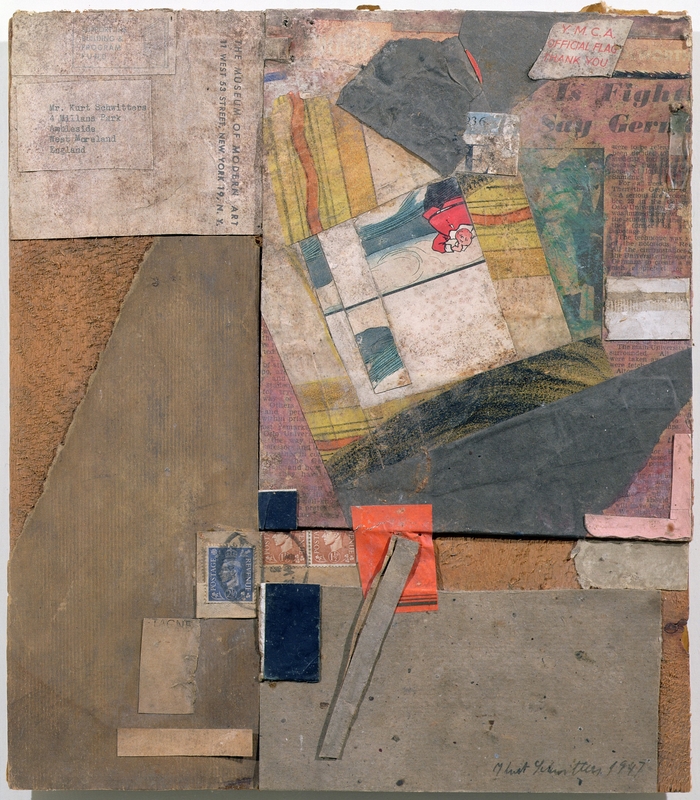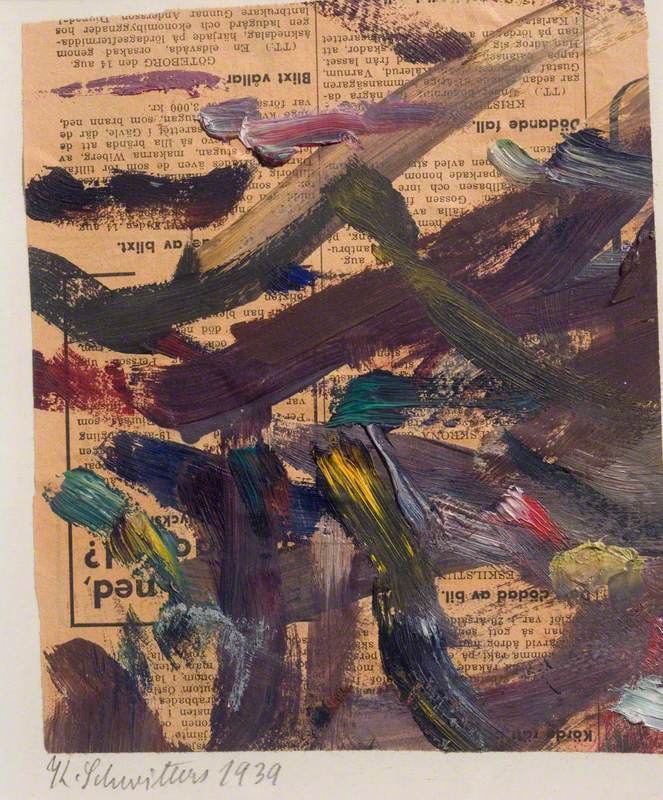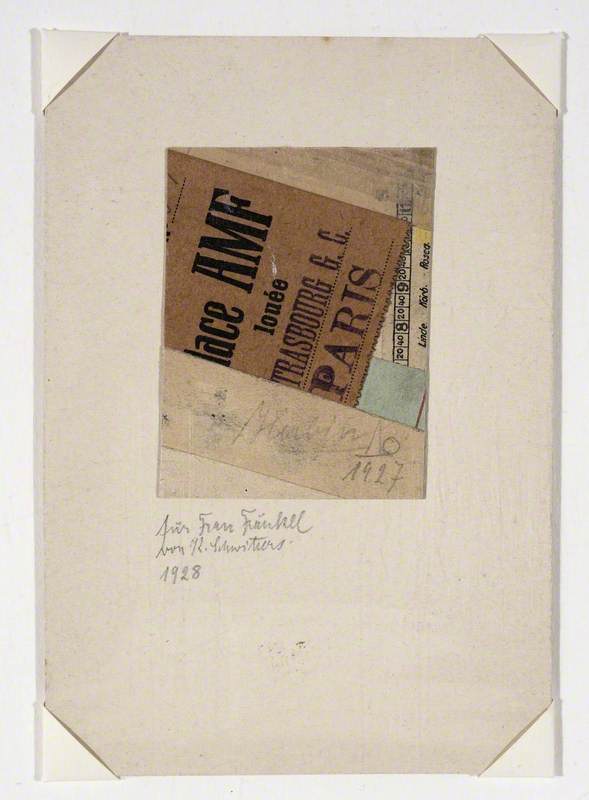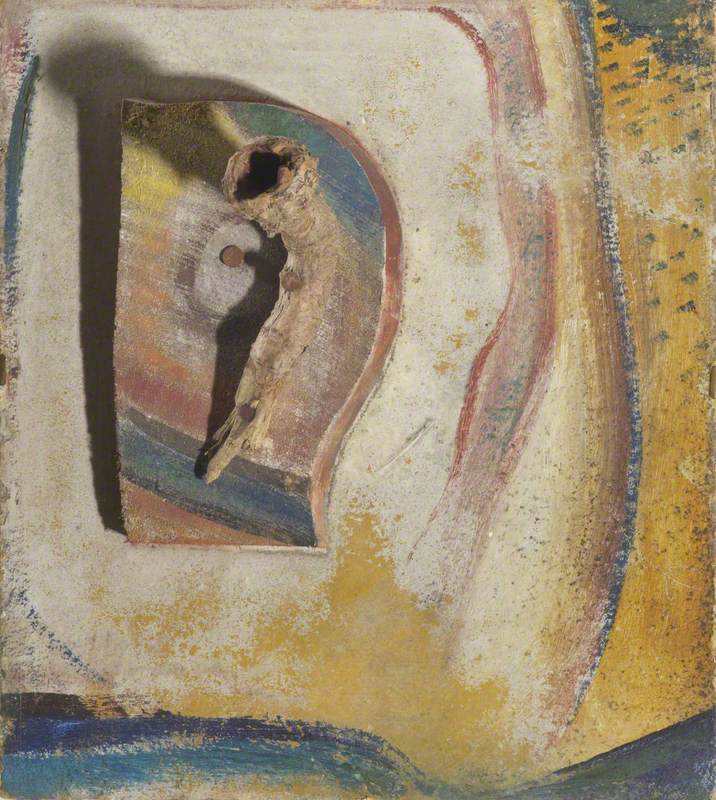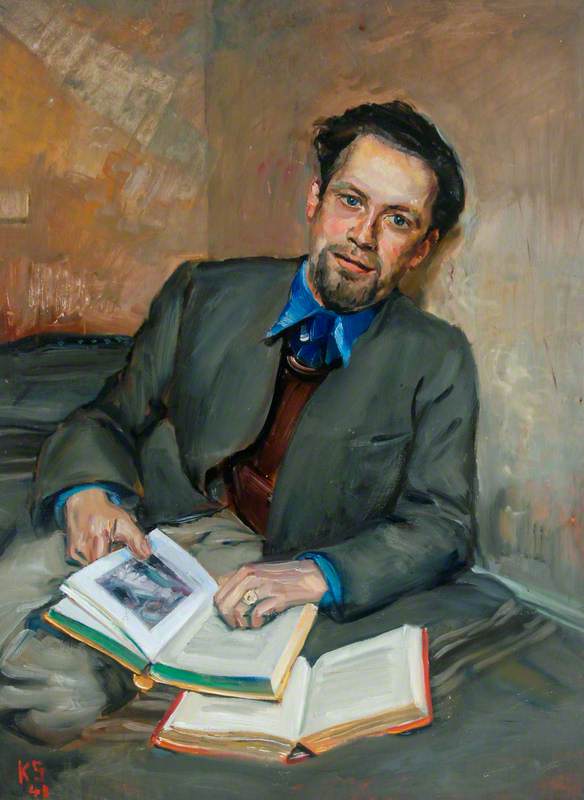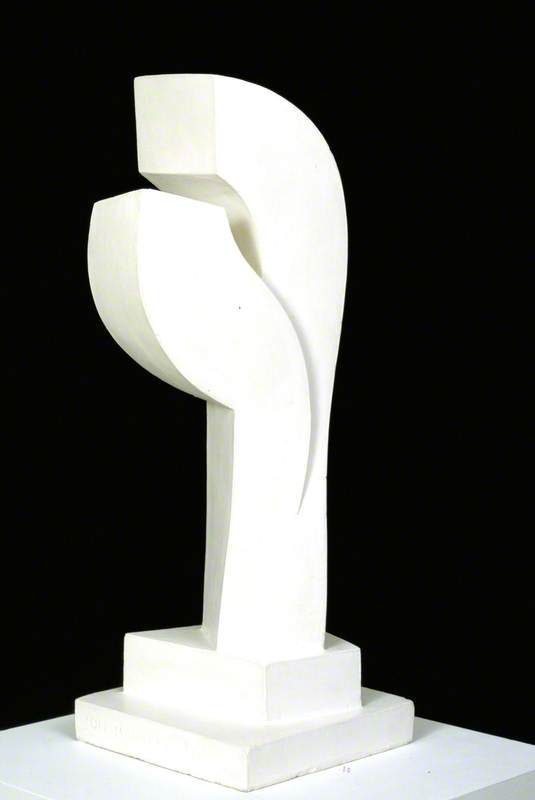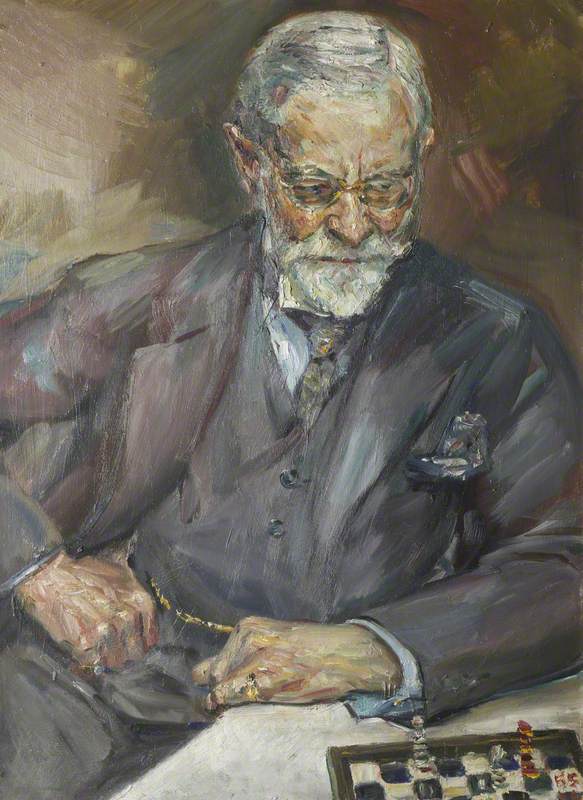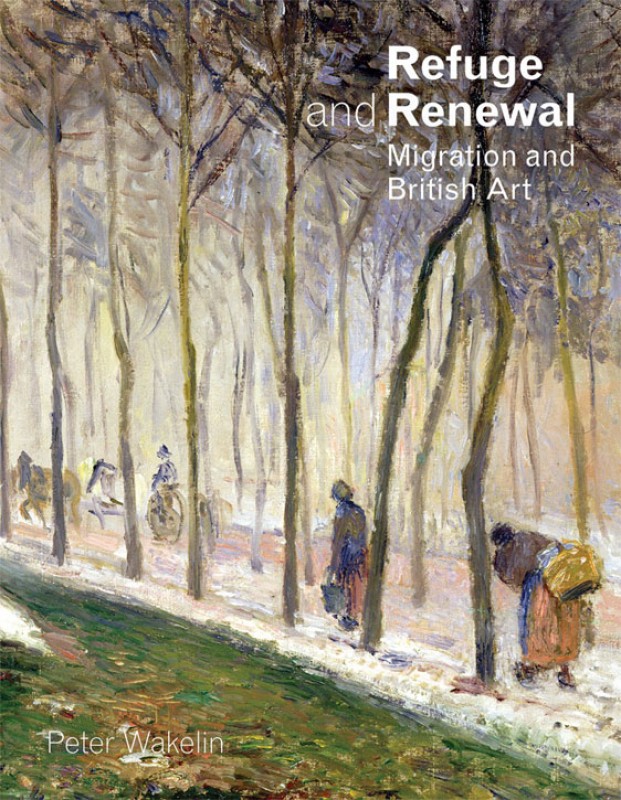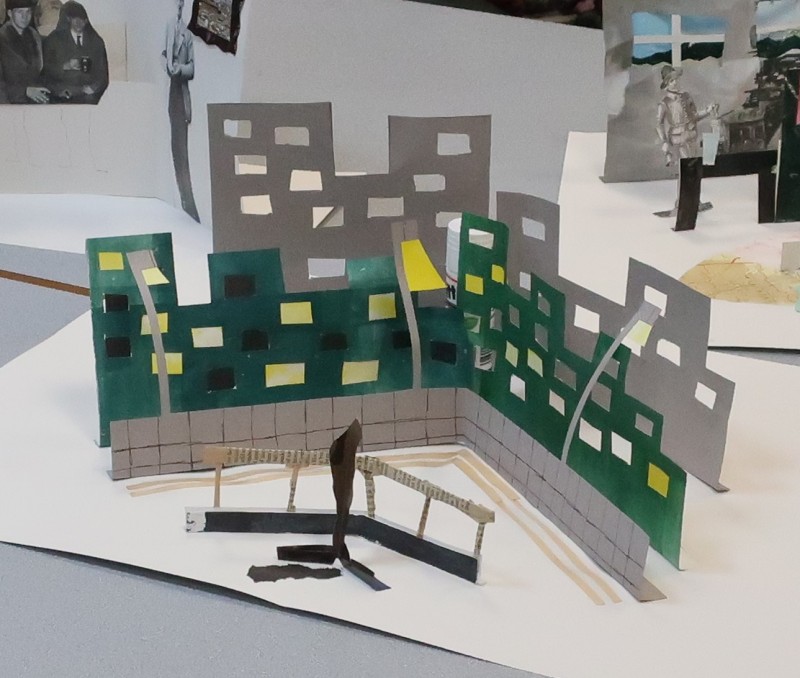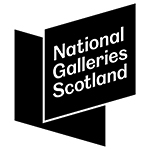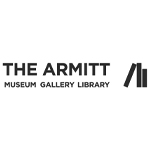Kurt Schwitters was born in Hanover, Germany, on 20 June 1887 and studied at the Kunstgewerbeschule in Hanover. and the Akademie der Künste in Dresden. By 1909 he had returned to Hanover where he embarked on a career as a painter. During World War One he briefly served in the Army and worked as a draughtsman in a factory.
In 1918 he worked on the magazine ‘Der Sturm’ and held his first public exhibition at the Der Sturm gallery in Berlin. Through ‘Der Sturm’ Schwitters came in contact with the Zurich and Berlin Dadaist groups. He also met Hans Arp about this time and began constructing assemblages and collages, including one he called his Merz picture. He subsequently he referred to all his work as Merz.
In 1922 Schwitters participated in the Dada congress in Weimar. From 1923-32 he published the magazine ‘MERZ’. He also became increasingly active as a commercial artist and in 1924 founded an advertising agency, the Merz-Werbezentrale. The same year he began work on his first Merz buildings (Merzbau) in his house in Hanover.
Schwitters' art was despised by the National Socialists who included four of his works in the Entartete Kunst (Degenerate art) exhibition held in Munich in 1937, following which several of his works were removed from German museums. Feeling threatened by the authorities, he emigrated to Norway and began work on his second Merz building in Oslo.
Following the German invasion of Norway, Schwitters fled to Edinburgh. He was promptly arrested as an Enemy Alien interned on the Isle of Man where he spent several months until his release the following year. During his time on the Isle of Man he was actively engaged in the cultural activities of the internment camp, painting portraits and giving recitations of his poetry.
After his release, Schwitters moved to first London and then, in 1945, to Ambleside in the Lake District where, with the financial assistance of the Museum of Modern Art in New York, he began to construct his third Merz buildings in a barn. Now known as the Elterwater Merzbarn, it remained unfinished at the time of his death. He died in Kendal on 8 January 1948. He was granted British citizenship the day before.
Text source: Art History Research net (AHR net)
